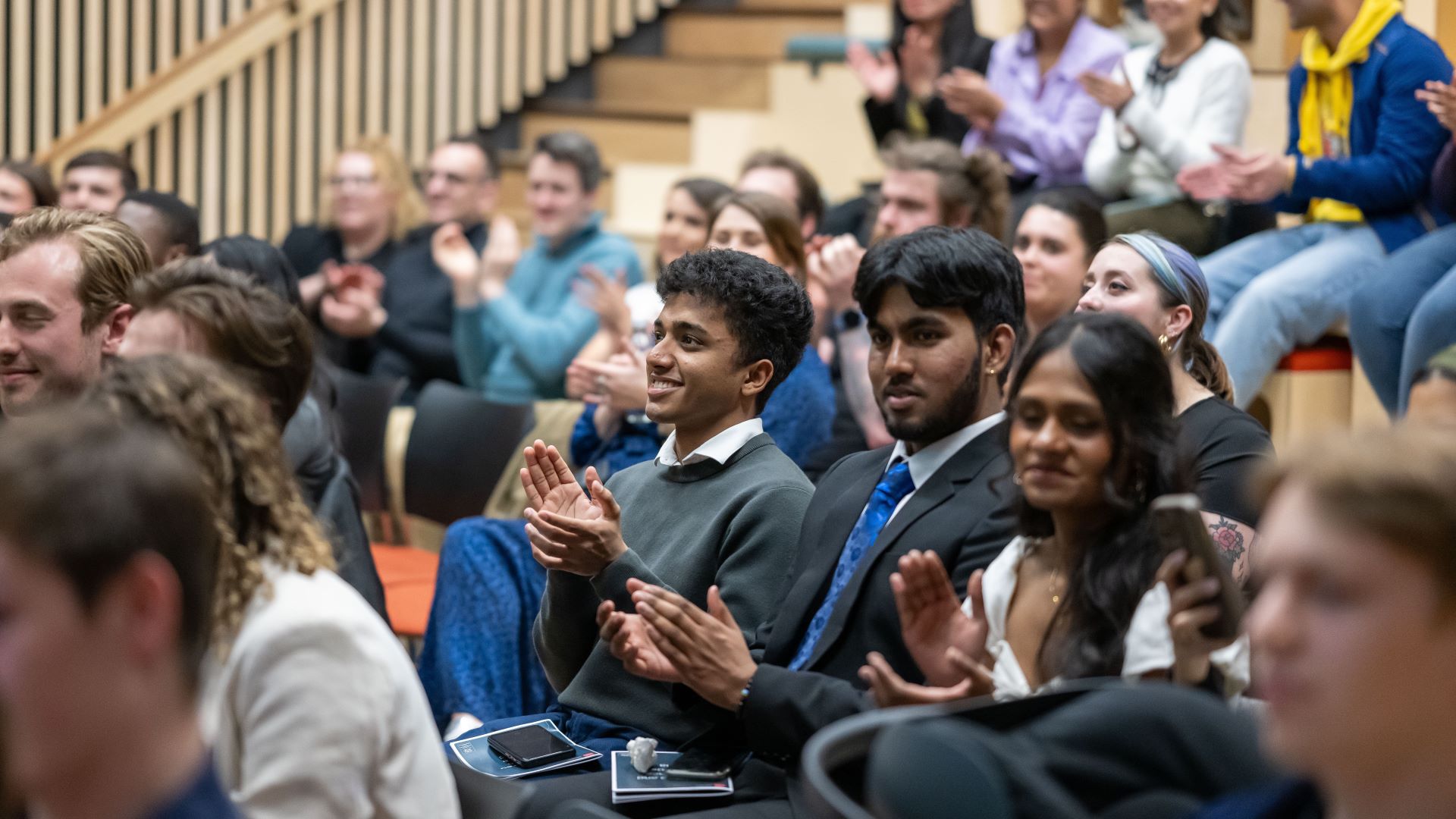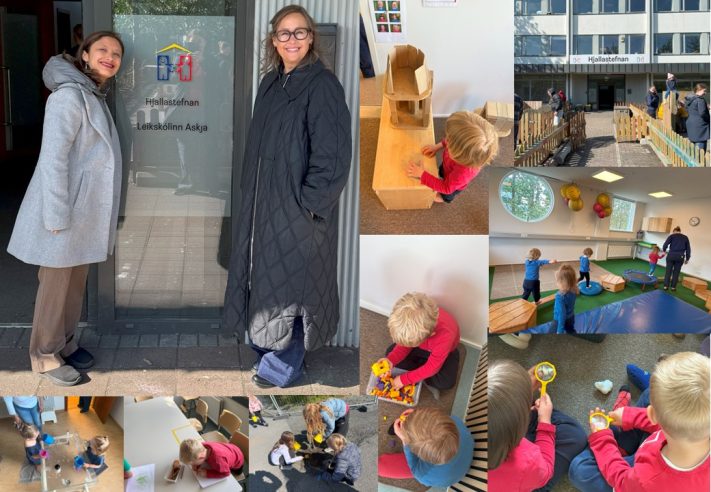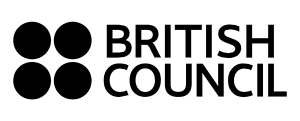
Reducing Gender Disparity in Higher Education
Breaking gender stereotypes since infancy: The Hjalli Model
21 June 2025
Although equality, diversity, and inclusion (EDI) are promoted in universities and the workplace, data indicate that women account for only 24% of the science, technology, engineering, and mathematics (STEM) workforce. Additionally, the gender wage gap between women and men is around US$ 15,000. Iceland is recognised as a country with the highest number of women in STEM and the highest average female wage in the world.
Within the framework of the Ignite project entitled: ‘Reducing gender disparity in STEM from kindergarten to Professional life’, Dr (PhD) Diana Contreras visited the Hjallastefnan nursery and primary school in Reykjavik, Iceland on the 2nd June 2025. Considering that breaking stereotypes in high school could be too late, through research, Dr Contreras learnt about the existence of the Hjalli model designed by Ms Margrét Pála Ólafsdóttir in 1989.
This educational model seeks to challenge traditional gender roles in infancy, allowing children to learn different behaviours and skills than those usually encouraged by society. The Hjalli model emphasises the development of soft skills that are usually underdeveloped and sometimes discouraged for each gender. Within this model, girls are taught to be more independent, adventurous, and assertive, while boys are encouraged to be more gentle, empathetic, and cooperative.
To promote gender equality, nurseries and schools that apply the Hjalli model teach in single-gender groups to avoid developing behaviours that arise in mixed-gender environments, such as strength and leadership in boys and caring and communication in girls. However, there are still mixed-gender activities to balance the strengthened skills in girls and boys in a social setting. Decorations and learning materials are neutral, and traditional toys are replaced by open-ended materials such as water, clay, playdough, blocks, finger paint, and fabrics.
The Hjalli model is based on role-playing and experiential learning, and three pillars: equality in kindness and joy, creativity in positivity and resilience and democracy in respect and freedom. This curriculum in the education model includes six training courses: respect, independence, communication, positivity, friendship, and courage. Each course is built upon the previous one, and each training course is focused on the development of social and individual qualities every other month. Besides breaking gender stereotypes, the Hjalli model seeks to prevent bullying behaviour among students and the later development of toxic masculinity. It would be great to implement this model in our nurseries and primary schools in Wales.
Additional information about the Hjalli model can be found at:
Thanks to Ms Kristín Cardew and Andrea for guiding Dr Contreras’ visit to Hjallastefnan, and congratulations on her contribution to breaking down gender stereotypes from infancy.
Sources
Hjallastefnan. (2025). Hjallastefnan. Retrieved from https://www.hjallimodel.com/
CloudZero. (2024). The Leading Countries Breaking Barriers For Women In STEM. Retrieved from https://www.cloudzero.com/blog/women-in-stem/#:~:text=1)%20Iceland,female%20workers%20in%20STEM%20roles.



